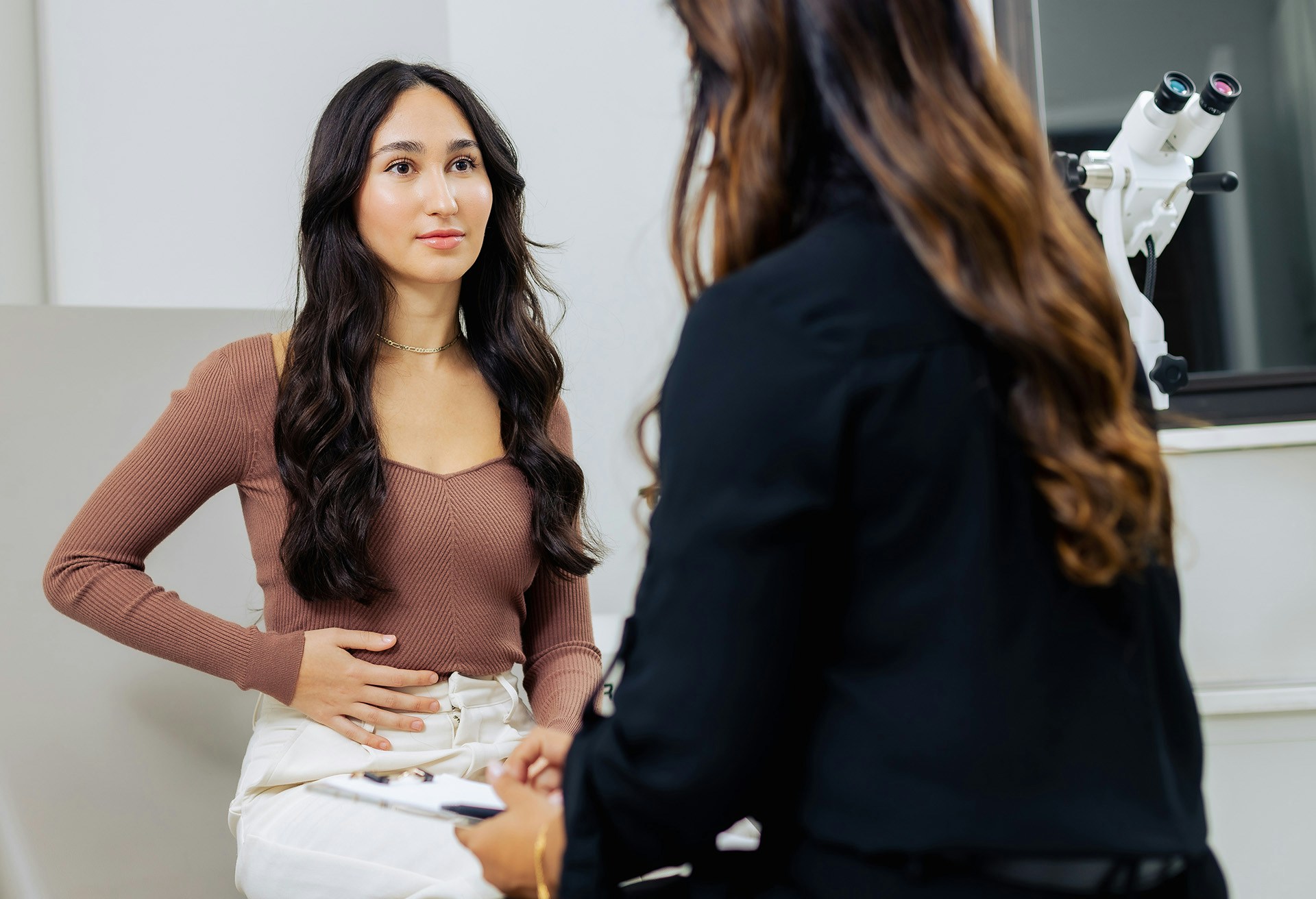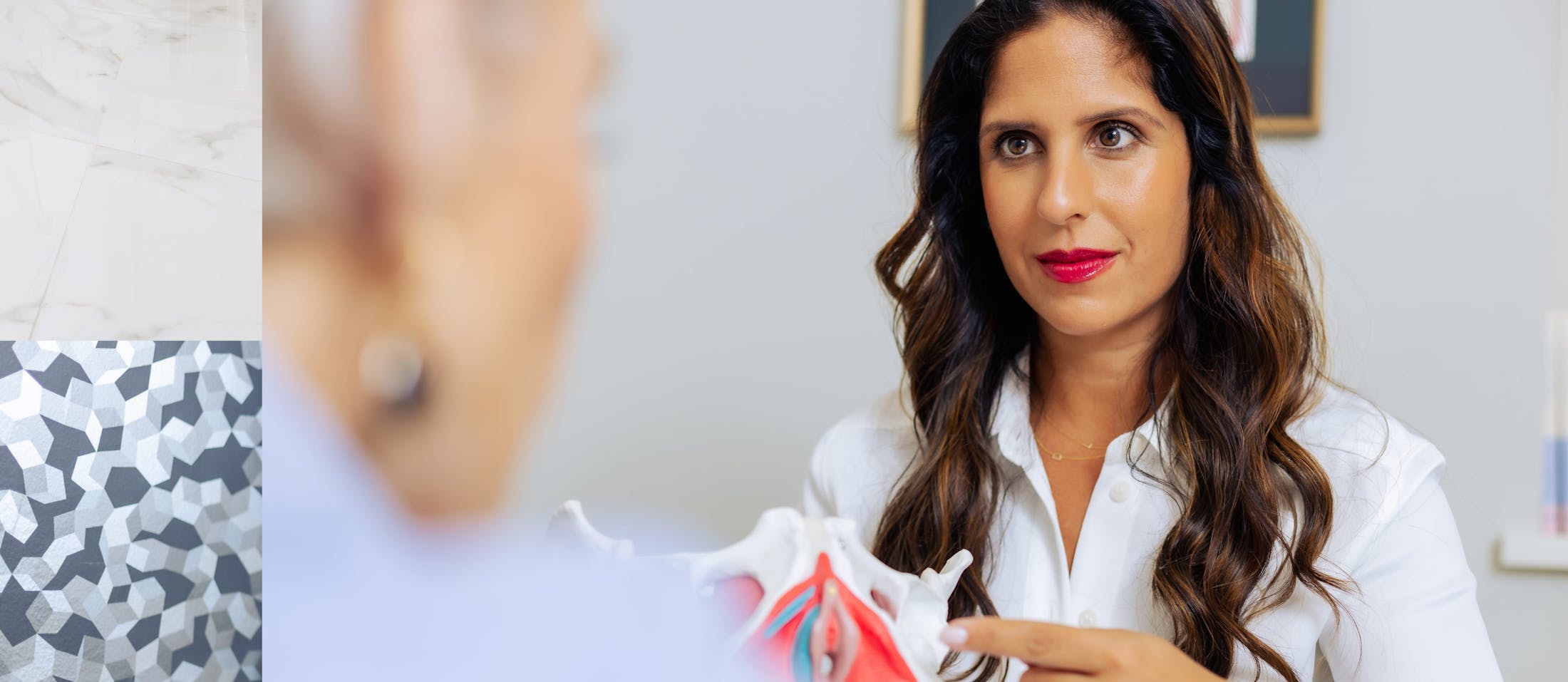Endometriosis refers to the growth of endometrial-like tissue outside of the uterus. It is estimated that about 15 percent of reproductive-age patients have endometriosis, struggling with ongoing lower pelvic or abdominal pain, painful intercourse, and pain during bowel movements.
Pelvic Pain and Endometriosis in New York
For women with endometriosis in NYC, pelvic pain can typically worsen before and after having a period. They may have tried several treatments to seek relief but continue to have regular flare-ups. Dr. Sonia Bahlani is among the most highly educated and experienced pelvic pain doctors in New York City, offering new hope to women who suffer from this painful condition.








